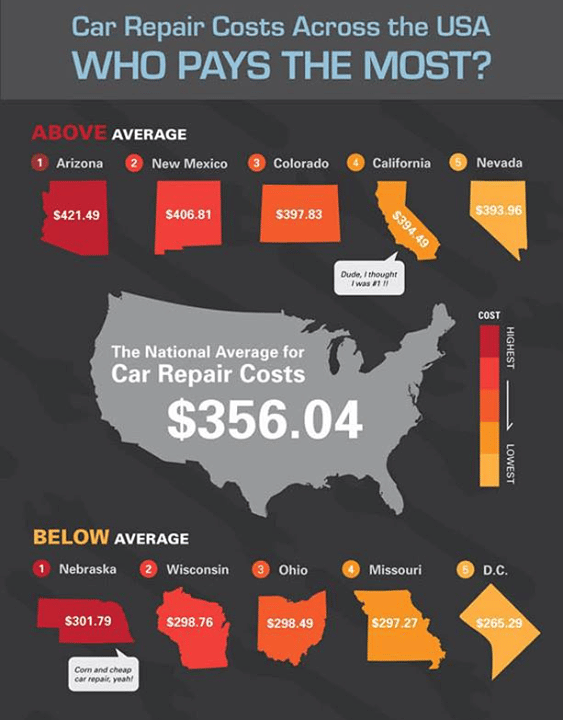Understanding Your Auto'S Caution Lights: What Do They Really Mean?
Understanding Your Auto'S Caution Lights: What Do They Really Mean?
Blog Article
Material By-Faulkner Dalgaard
When you're behind the wheel, those beautiful warning lights on your dashboard can be a bit puzzling. Do https://elliotmevne.answerblogs.com/30131234/seasonal-vehicle-detailing-tips-preparing-your-cars-and-truck-for-each-season know what they're attempting to tell you concerning your vehicle's wellness? Comprehending the importance of these lights is vital for your security and the longevity of your vehicle. So, the following time one of those lights turns up, wouldn't you wish to decipher its message properly and take the needed steps to resolve it?
Common Caution Lights and Interpretations
Identify common caution lights in your vehicle and comprehend their meanings to guarantee safe driving.
The most typical caution lights include the check engine light, which indicates issues with the engine or exhausts system. If this light begins, it's essential to have your lorry checked promptly.
The oil pressure cautioning light indicates reduced oil pressure, calling for prompt focus to prevent engine damages.
A flashing battery light could recommend a malfunctioning charging system, potentially leaving you stranded if not addressed.
The tire pressure surveillance system (TPMS) light alerts you to low tire stress, affecting vehicle security and gas effectiveness. Disregarding https://ricardoqlfau.blogolenta.com/26829164/quick-auto-describing-for-beginners-get-it-carried-out-in-under-an-hour could lead to hazardous driving conditions.
The abdominal light suggests a trouble with the anti-lock braking system, jeopardizing your capability to quit quickly in emergencies.
Last but not least, the coolant temperature level cautioning light warns of engine overheating, which can lead to serious damages otherwise resolved promptly.
Recognizing these typical caution lights will assist you resolve concerns quickly and preserve risk-free driving problems.
Significance of Prompt Interest
Comprehending the usual caution lights in your auto is just the first step; the significance of promptly attending to these warnings can't be stressed sufficient to guarantee your safety and security when traveling.
When a warning light illuminates on your dashboard, it's your vehicle's method of communicating a potential issue that requires attention. Disregarding Learn Even more can bring about a lot more serious problems later on, compromising your safety and possibly costing you extra in repairs.
Prompt interest to alerting lights can avoid malfunctions and accidents. For example, a blinking check engine light can indicate a misfire that, if left ignored, can trigger damages to the catalytic converter. Addressing this without delay can save you from a pricey repair.
Similarly, a brake system cautioning light could signal reduced brake fluid or used brake pads, crucial components for your safety when driving.
DIY Troubleshooting Tips
If you notice a warning light on your control panel, there are a couple of do it yourself troubleshooting tips you can attempt before seeking professional assistance.
The very first step is to consult your auto's guidebook to recognize what the certain caution light indicates. Sometimes the problem can be as simple as a loose gas cap triggering the check engine light. Tightening the gas cap may resolve the issue.
One more typical problem is a low battery, which can cause numerous advising lights. Inspecting the battery links for corrosion and guaranteeing they're safe may deal with the problem.
If a caution light persists, you can try resetting it by separating the cars and truck's battery for a few mins and afterwards reconnecting it. Furthermore, inspecting your car's liquid degrees, such as oil, coolant, and brake fluid, can aid repair advising lights associated with these systems.
Conclusion
To conclude, comprehending your auto's warning lights is necessary for keeping your automobile running smoothly and securely. By quickly addressing these notifies and understanding what they imply, you can stay clear of costly fixings and potential break downs.
Bear in mind to consult your vehicle's handbook for particular details on each alerting light and do something about it accordingly to guarantee a hassle-free driving experience.
Remain informed, stay safe when traveling!
